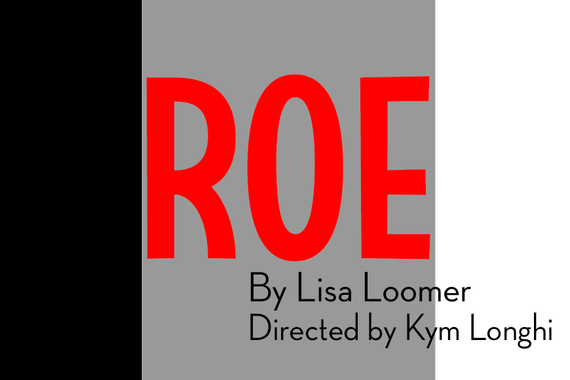Sara C. Olson: Hands-On in the Film Industry
Though you may not know her name, you’ve likely seen her work. Since 2013, Sara C. Olson (BA ‘91, theatre and music) has worked in the costume and wardrobe department of major film and television productions such as Stranger Things, The Falcon and the Winter Soldier, and Hawkeye. Learn how she went from a CLA student to a costume designer in the fast-paced, competitive film industry.
Where do you currently work? What’s your favorite thing about what you do?
I am currently living in the Atlanta, Georgia metro area where I work as a Cutter-Fitter and Patternmaker for films. I absolutely love creating unique and iconic characters for film. The process of taking a costume designer’s or illustrator’s image into a fully-realized 3D form that fits a given actor’s body will always fuel my work.
Which of the CLA core career competencies has helped you the most in your career?
My theater training emphasized collaborative team designs. Film work utilizes all of the competencies, such as critical thinking by breaking down the needs in a script, shooting schedule, or a workroom project flow chart. There’s problem-solving on so many levels, from the fine details and construction process to figuring out new fabric treatment methods, to organizing the build of multiple character looks that are custom-made for different body shapes and sizes. The research & development aspects of making super suits or new character designs utilize computer design and 3D modeling with both a 3D printer and laser etching in the Glowforge.
Engaging diversity means representing a spectrum of inclusive characters on the screen as well as hiring my team from a spectrum of co-workers as well. New COVID-19 protocols along with high-level production company secrecy (non-disclosure agreements) have made engaging internships or on-site visits next to impossible in the past five years or so, though some community engagement happens after a production wraps when we often donate background clothing to homeless or battered women’s shelters.
What should current students understand about your industry/profession if they are considering it for themselves?
I started work in theater companies in Minneapolis/St. Paul and also went to graduate school at the U of M. I’m more aware of touring productions and road crews than I was back in the ‘90s when I graduated. The transition from working in theaters to working in film has been a fantastic challenge but not something I take lightly. It’s been a lot of hard work and incredibly long hours and weeks to get to where I am now. Your work ethic and reputation follow you everywhere—so keep it positive.
If you could go back to your time in college, what advice would you give to yourself at that age?
I was a BA major that transferred into the theater department. I could sew and had work-study hours so I worked in the costume shop. I took every costuming class offered to the BFA students once I decided I wanted to design—I couldn’t get enough of it all. Take every class that interests you while you can—you never know what tiny seed may be planted for endeavors later in life! All of that hands-on experience was the foundation of what I do today.
What future endeavors are you looking forward to?
Every movie I work on brings new challenges that keep me busy. My husband and I will be building an airplane together in the next few years—that keeps me excited for my own creative time and our upcoming adventures.
In 2022, we caught up with six alumni of the Department of Theatre Arts & Dance. Read other interviews in the collection.


